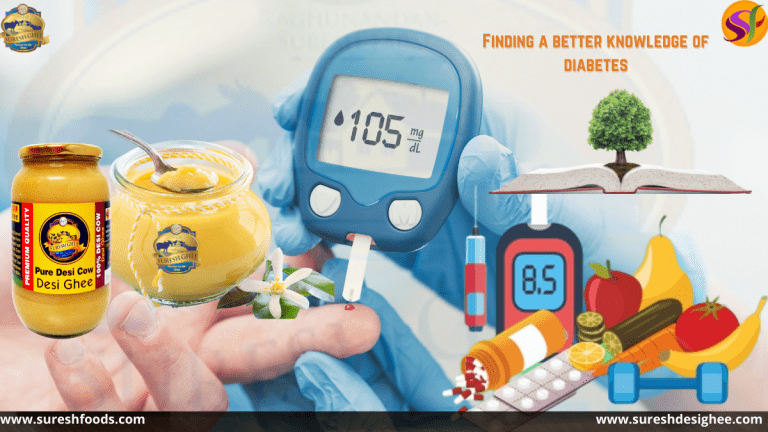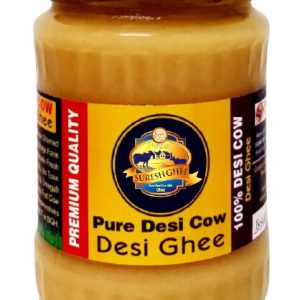Diabetes is one of the most significant health issues all over the globe and a big number of folks are racked from this state in their lifespan. Despite this, there are many misconceptions about diabetes which can sometimes damage the health system and may be prone to a challenge to blot around it.
It is necessary to be conscious of this enlightened ailment as it usually may impact you or anyone in the family or among friends. Adequate information is available on ease and can be recommended by healthcare experts as well. The following are the most common myths assimilated with diabetes.
Some of the common myths about diabetes
Surfing the internet to search for a good guideline about dieting for those who are suffering from diabetes. And sometimes while extracting more knowledge can result in you being confused and misleading.
There are abundant suggestions, but it’s very challenging to ensure facts from fiction. Below we decode some of the common diabetes diet myths.
1. Eating sugar causes diabetes
According to the American Diabetes Association (ADA), consuming too much glucose alone isn’t prone to diabetes, but it may be a contributing factor in some cases. Type 1 diabetes is caused by heredity and many times by an autoimmune reaction. Type 2 diabetes is led by genetics and variant risk chances, some of which are based on lifestyle.
Putting on extra weight, suffering from high blood pressure, after the age of 45, and being inactive are just some of the risk elements that can cause diabetes.
2. Carbohydrates (carbs) are the enemy
Carbs consumption is not your enemy. It is not the carbs themselves, but the fact that it is based on the kind of carbs and the number of carbs that you consume that are necessary for those who are suffering from diabetes.
Not all carbs are consumed in equal proportion. Intake the carbs which are helpful in reducing the glycemic index (GI) scale, with kind of foods with carbohydrates that may cause blood sugar levels, are better alternatives than those with a high GI, explains the instance of low-GI carbs involve:
- rolled or steel-cut oatmeal
- whole-grain bread
- dried beans and legumes
It’s also a better concept to select the foods with a lower glycemic load (GL). GL is similar to GI, but it involves serving details into the measure. It’s referred to as a more proper calculation of how foods will impact your blood sugar levels. An instance of low-GL carbs involve:
- 150 grams of soybeans
- 80 grams of green peas
- 80 grams of parsnips
- 80 grams of carrots
3. Fasting is bad for Diabetics: Not True
Every religion of people is concerned about periodic fasting. Beyond the spiritual advantages, modern thinking is offering that there are outspoken health effects to such a routine. Fasting regulates the body to digest excess fat. Insulin is the key hormone that stimulates the storage of food to every part of the body for converting into energy.
Insulin level is elevated when you consume, and the extra glucose can be accumulated to the liver as glycogen or as body fat. When you are fasting, the insulin amount falls, and the brain gives the signal to burn accumulated energy until no more food has been consumed.
Dr Julian Whitaker, M.D. suggests “As your glycogen collective are progressively exhausted, your liver initiates changing fat into ketones, which the brain and other cells use as fuel. This fat-burning condition is called ketosis.”
Read More : Good fats and bad fats for diabetes
4. Fruit is bad
There are no restrictions on fruits to a diabetes diet. While it’s true that some fruits include more natural glucose than others, you can cherish any of them if you follow the moderate portion. Consumption of one serving of fruit involves about 15 grams of carbohydrate.
For example, that’s nearly about:
- 1/2 medium banana
- 1/2 cup cubed mango
- 3/4 cup cubed pineapple
- 1 1/4 cups strawberries
- 2 tablespoons dried fruit
Buy Cow Ghee Online: Order Now. Free Shipping
5. Ghee is toxic for diabetes
Ayurveda offers pure desi ghee as the purest exile of the earth-moon, which was an inevitable part of ancient times. If you are hesitant about involving desi ghee in your diet due to many misconceptions linked to it.
Although ghee does consist of a good quantity of fat, it is slowly achieving popularity as a healthy alternative and has one of the better sought-after cooking oils, just like it used to be in earlier use.
People are now trusting to believe in the several health benefits that ghee has to offer. Full of essential vitamins are losing the race by developing the popularity of desi ghee as a cooking oil.
Read More : 10 Things most people don’t know about Indian desi cow ghee
If you are a diabetic, consuming ghee will help you in the following methods:
You want to try all the possible techniques just to manage diabetes in control and you are curious about the condition, they will surely have some home benefits to conquer it. From ghee to neem and various other medicines, you have to resolve them in various ways in your life.
One such solution is ghee. But is it really useful to lower down sugar levels? Or is it just another motivator of high blood sugar? Let’s see.
- You are always recommended on intake rules of healthy foods alone when you suffer from a diabetic condition. You check your sugar levels at home with a glucometer, exercise regularly, and take the preferred medication. Certain things, oils, and fats are to be neglected under high blood sugar conditions.
Still, ghee is a fat-containing food and has been promptly used, significantly throughout India. It is meant as an essential ingredient in daily routine in homes, and there is no doubt that we eat more of it.
- One of the important ingredients is that the presence of Linoleic acids in ghee is good for your heart and digestive system so further it will auto-respond to sugar levels. They further elevate the health immunity related to diabetes.
Thereby enabling you to eat even regular foods as it is good absorbent it will soak the sugar from served food. A daily infusion of ghee in your meal can be useful in diabetic patients for reducing their blood sugar levels for prolonged periods.
- Ghee can also stimulate the secretion of many hormones inside your gut which will improve the glycemic index. These hormones, which ghee encourages production, are insulin – the one most essential to decrease blood sugar levels in the body.
Thus, it is quite obvious that ghee sustains in lowering down blood sugar for diabetic patients.
Read More: Desi cow ghee and insulin resistance
Conclusion:
So, when you get desi ghee in your kitchen store, feel free to indulge with whole grains. Not only does it enhance the taste, but the high glycemic ingredients are also easily broken down within your system with no risk factors. Using ghee, your bread toast can be eaten at home without caring about sugars!! So, being a diabetic, you are not required to shun away from eating ghee. Always remember that an overdose of ghee will not help you to experience the above-mentioned benefits. You can order organic grass-fed cow ghee at our online store. Visit our website https://sureshfoods.com/ for more details.
FAQ
Efficient blood sugar management depends on maintaining systematic portion control, emphasizing the importance of paying acute attention to the quantity of rice and other carbohydrate-rich foods. Assuring a balanced and high-quality routine eating habits is also imperative for successful blood sugar management, and white rice can effortlessly be integrated into a wholesome and healthy diet.
Although individual dietary requirements differ, white rice can be implemented into healthy eating habits for individuals having diabetes. The glycemic reaction to rice is commonly low, and both white and brown rice possess glycemic loads that do not create concerns for those cautious of carbohydrate consumption.
Optimal blood sugar control can be gained by pairing rice with other nutritious foods. Rather than intake of rice in isolation, it is generally mixed along with complementary items. Combining rice along with lean proteins, vegetables, and healthy fats is an effective plan to minimize the risk of sudden blood sugar increase just after a meal. For cases, combining rice with beans, that being both rich in soluble fiber, proves effective for individuals with diabetes, as the fiber consistency in beans helps alleviate the rapid increase of blood sugar levels post-meal.







 WhatsApp us
WhatsApp us
Naveen m...